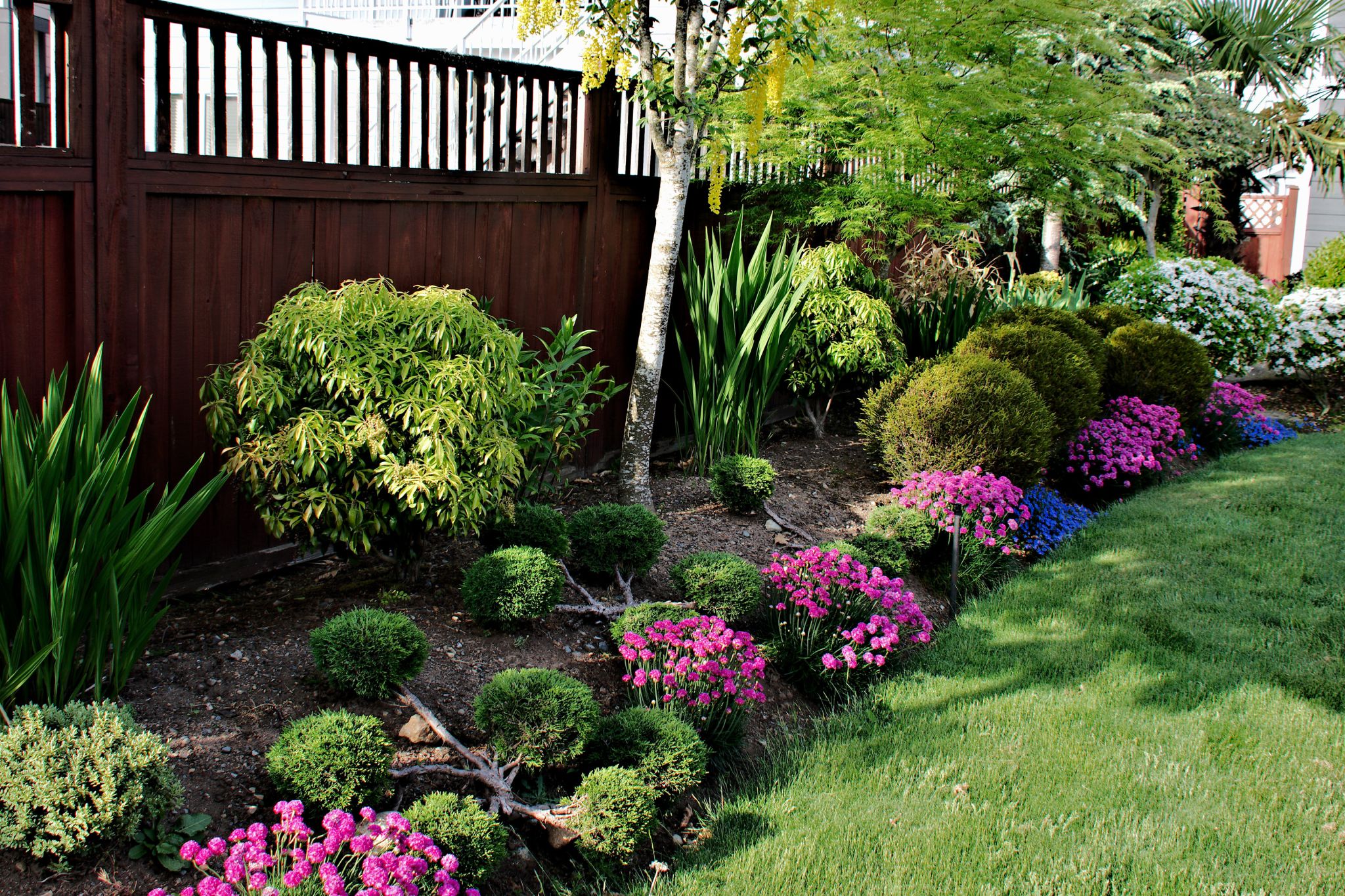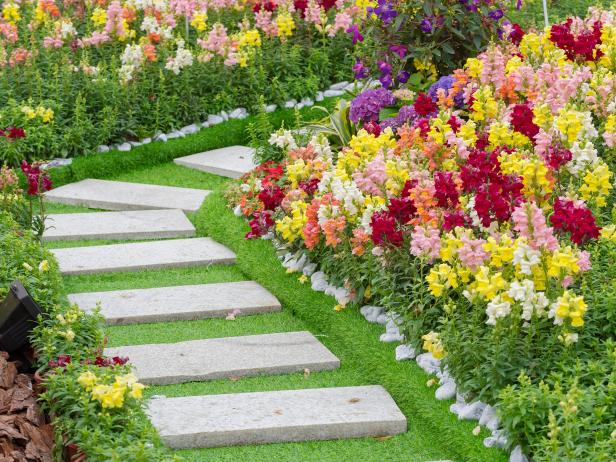Picking the Right Landscaper for Your Lawn Treatment and Landscape Design
The Ultimate Guide to Beautiful and sustainable Landscaping
In an age where ecological concerns are paramount, the quest of sustainable landscape design offers a special chance to harmonize appeal with ecological obligation. By embracing principles such as the option of native plants and the implementation of efficient water conservation techniques, homeowners can produce visually enticing rooms that likewise add to the well-being of neighborhood ecological communities. This guide will certainly check out the intricacies of lasting landscaping, revealing exactly how thoughtful layout selections can enhance not only the aesthetic value of outdoor areas but likewise their ecological influence. The trip towards a more sustainable landscape starts with these fundamental concepts.
Principles of Lasting Landscape Design
The essence of lasting landscape design depends on its commitment to ecological stewardship and resource preservation. By including environmental concepts right into landscape style, experts can develop rooms that are not just aesthetically pleasing yet additionally advantageous to the atmosphere. This strategy emphasizes the significance of making use of sources effectively, minimizing waste, and promoting biodiversity.
Key concepts of sustainable landscape design include lessening water intake with reliable irrigation strategies and using permeable materials that assist in water seepage. Dirt health and wellness is likewise vital; techniques such as composting and mulching boost soil framework and fertility, thus reducing the need for chemical plant foods.
One more basic aspect is the combination of regional ecosystems, which can be achieved with liable plant option and environment production. This encourages the visibility of valuable wild animals, such as pollinators, which add to the environmental equilibrium.
Choosing Native Plants
Picking native plants is essential for developing a sustainable landscape that flourishes attuned to the local setting. These plants have adjusted to the local climate, soil, and wild animals, making them low-maintenance and resistant. By choosing varieties that are native to your location, you can minimize the need for plant foods, pesticides, and extreme watering, thereby saving sources and minimizing ecological effect.
Indigenous plants likewise supply vital environment for neighborhood wild animals, consisting of birds, pests, and other pollinators. This biodiversity cultivates a balanced ecological community, which can aid regulate pests naturally and advertise healthy and balanced soil. Moreover, native plants typically have deep origin systems that aid with soil stabilization and disintegration control, boosting the total health and wellness of your landscape.
When choosing indigenous plants, take into consideration aspects such as the regional environment, dirt kind, and sunshine direct exposure in your garden. Neighborhood baby rooms or conservation companies can supply important insights and resources to assist you recognize appropriate species. By focusing on indigenous plants in your landscape layout, you contribute to ecological conservation while taking pleasure in a lovely, sustainable garden that calls for less maintenance and supports local wild animals.
Water Preservation Methods
Executing effective water conservation methods is essential for lasting landscaping, particularly in regions vulnerable to drought or water scarcity. One fundamental method is the application of drip watering systems, which provide water directly to the origin zones of plants, reducing evaporation and drainage. This targeted approach not only conserves water yet additionally promotes healthier plant growth.
Mulching is another efficient technique; organic mulches, such as wood chips or straw, assistance maintain soil moisture, suppress weeds, and regulate soil temperature. In enhancement, incorporating rainfall yards can record and filter rain drainage, boosting groundwater recharge while giving an aesthetically pleasing feature in dig this the landscape.
Using xeriscaping principles is likewise beneficial. This method involves developing landscapes that call for marginal irrigation by picking drought-resistant plants and grouping them according to their water requires. In addition, applying rain harvesting systems can dramatically reduce dependency on metropolitan water products. By gathering and using rain for irrigation, home owners can maximize their water use.
Last but not least, normal maintenance methods, such as checking for leakages and adjusting watering schedules based upon seasonal weather condition modifications, further contribute to reliable water preservation. These strategies jointly promote a sustainable, beautiful landscape that values our valuable water resources.
Eco-Friendly Products and Practices
A variety of environmentally friendly products and methods can substantially boost the sustainability of landscaping tasks. Utilizing native plants is a basic practice, as they require much less water, plant foods, and pesticides, advertising biodiversity and reducing upkeep initiatives. Incorporating permeable paving products enables for better water absorption, decreasing drainage and advertising groundwater recharge.
Recovered or recycled products, such as blocks, rocks, and wood, can be artistically used in pathways, boundaries, and wall surfaces, reducing the demand for new resources. Additionally, sustainably sourced mulch, like wood chips or straw, acts as an excellent ground cover that helps preserve wetness and suppress weeds.

Composting organic waste and making use of organic fertilizers not only enhance the dirt however likewise lower the reliance on chemical products. By integrating these eco-friendly products and techniques, landscaping tasks can attain both charm and sustainability, guaranteeing an unified relationship with the environment while boosting the general allure of outdoor rooms.
Upkeep for Long-Term Wellness
Sustainable landscaping flourishes on recurring upkeep methods that ensure the lasting health and wellness of both plants and ecological communities. Routine care not only boosts visual charm yet additionally promotes eco-friendly balance, fostering strength against pests and conditions.
One trick aspect of maintenance appertains watering techniques. Executing drip watering or rainwater harvesting systems saves water while supplying sufficient wetness to plants. In addition, mulching helps preserve dirt dampness, suppress weeds, and improve soil health and wellness.
Dirt management is crucial; routine screening can recognize nutrient shortages, permitting the application of organic plant foods or compost - Landscaping Company. This enriches soil framework and urges helpful microbial activity

Lastly, incorporating indigenous plants right into your landscape minimizes maintenance needs and fosters local biodiversity. Landscaper. Indigenous varieties are well-adapted to regional conditions, calling for less water and fewer chemical visit here inputs
Conclusion
In final thought, stunning and sustainable landscaping is accomplished via the thoughtful integration of indigenous plants, reliable water conservation strategies, and environmentally friendly products. These practices not only improve the visual appeal of outdoor settings however likewise foster biodiversity and advertise soil health and wellness.
By welcoming concepts such as the option of indigenous plants and the implementation of effective water conservation pop over here strategies, home owners can create visually attractive rooms that additionally add to the wellness of local environments.Carrying out reliable water conservation techniques is vital for lasting landscaping, especially in areas vulnerable to dry spell or water deficiency. Making use of native plants is an essential technique, as they call for much less water, fertilizers, and pesticides, promoting biodiversity and reducing upkeep efforts. Applying drip irrigation or rain harvesting systems conserves water while supplying sufficient wetness to plants.In verdict, lovely and sustainable landscaping is attained through the thoughtful integration of native plants, effective water preservation techniques, and environment-friendly products.